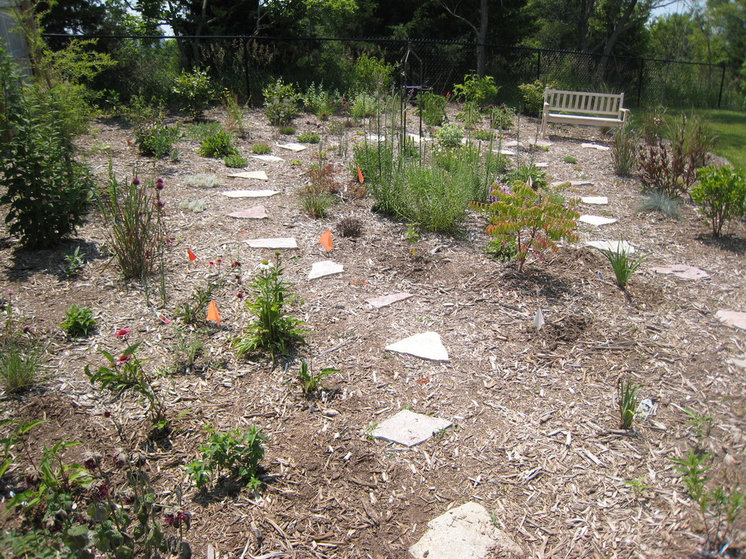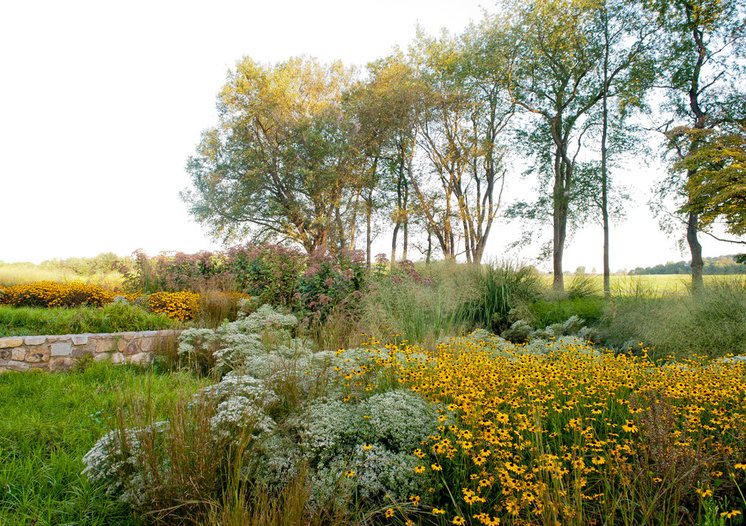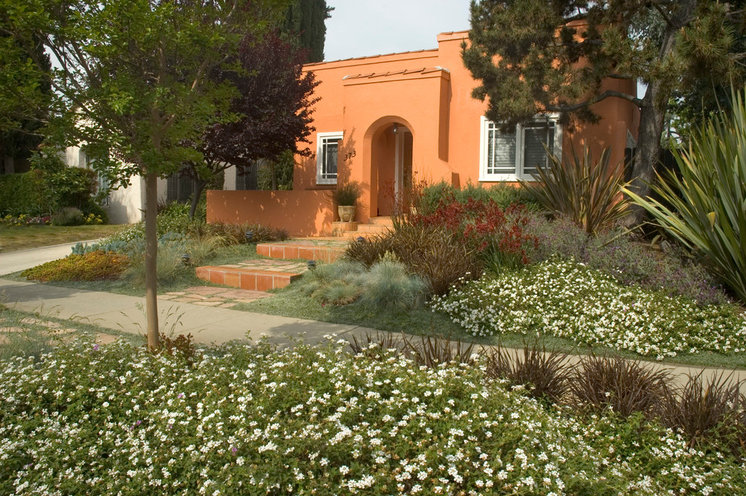If you have a Carolina chickadee nest in your yard,
it's a clue that you’re doing your part to preserve nature. What's the
connection? Well, first you have to understand what chickadees like to
eat.
These inquisitive little birds with the black caps are year-round
residents in a large swath of the central and eastern sections of the
country — from the Atlantic to the middle of Texas and from southern
Indiana, Illinois and Ohio to the Gulf Coast and Central Florida. When
the birds are breeding, caterpillars are the only food they eat and feed their young.
Caterpillar hunts are a daily ritual for breeding pairs, which
begin their work at dawn and continue until dusk. During three hours of
observation, Doug Tallamy,
professor of Entomology and Wildlife Ecology at the University of
Delaware, saw adult birds return to their nest once every three minutes
with a caterpillar. In all, he wrote in his notes, they found and
brought back 17 species of caterpillars.
The females produce a clutch of three to six eggs with the babies
remaining in the nest for 16-18 days. Do the math, Tallamy says. With
the parents feeding their young every three minutes from 6 a.m. to 8
p.m., that’s between 390 and 570 caterpillars a day — or anywhere from
6,240 to 10,260 caterpillars until the young fledge. And once the babies
have left the nest, the parents will continue to feed their young for
several days, he says.
“You can’t have nesting Carolina chickadees if you don’t have
enough host plants to support caterpillar populations,” Tallamy says.








